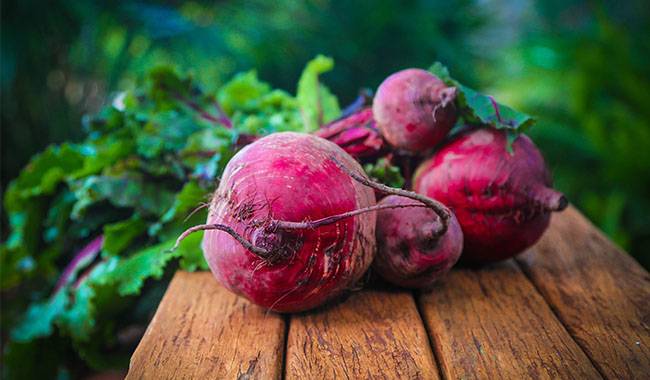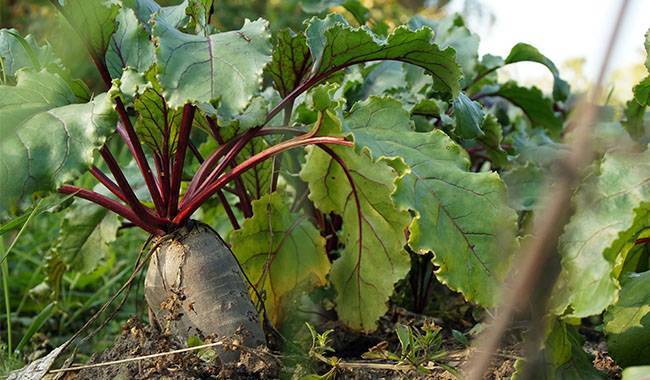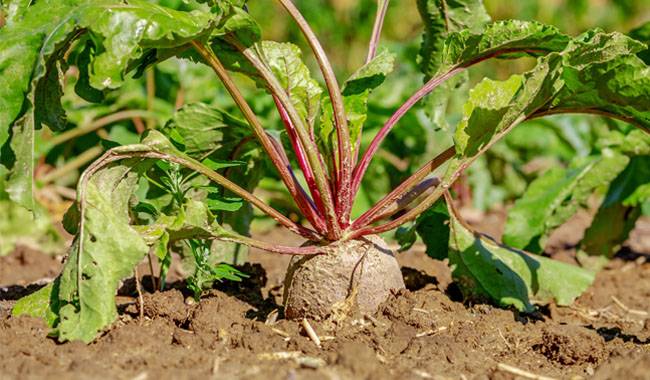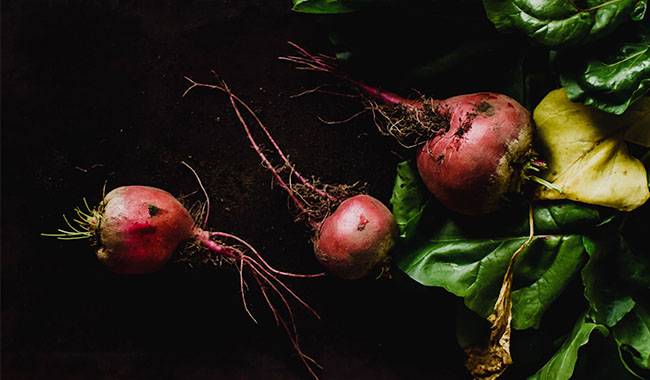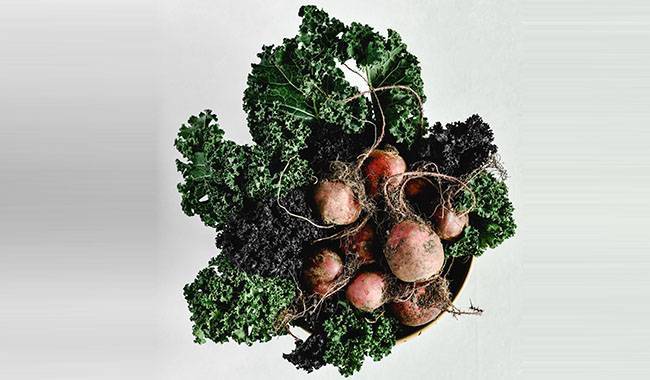
Beetroot is one of the most important vegetables, which is why almost all gardeners grow it, while the rest of us look for it on supermarket shelves.
If there is no root vegetable such as beetroot, borscht and vinegar cannot be made.
Vegetables have a great effect and are rich in vitamins.
In this article, we hope to expand your horizons and tell you the most useful facts about beets.
- Botanists don’t know when humans began to grow sugar beet, but countries near the Mediterranean have been growing this vegetable for four thousand years.
- There are many kinds of beetroot, this plant has annual, biennial and perennial.
- The ancients used beetroot for medicinal purposes.
- The famous ancient doctor Hippocrates used this vegetable as medicine to treat many diseases.
- People in the Middle Ages were very afraid of the plague. The epidemic of this disease has swept across the city, and people often eat beets to prevent this incurable disease.
- In some regions of the Russian Federation, Belarus, and Ukraine, this vegetable is called “beetle”.
- In the 16th and 17th centuries, breeders began to divide sugar beets into table varieties and feed varieties.
- Feed beets, despite their names, are edible and have a higher fiber content than the table.
- There are more than 70 varieties of sugar beet grown in the world.
- In ancient Persia, this vegetable plant symbolized the quarrel between people.
- Young women in ancient Russia used to smear cheeks with beetroot to obtain natural cosmetic rouge.
- In the middle of the eighteenth century, a sugar beet variety was cultivated with a sugar content of 23% by weight.
- The birthplace of cultivated sugar beet is believed to be ancient India. From this region, beets were introduced to ancient countries in Europe and Asia.
- It’s hard to imagine, but beets used for cattle feed can grow to 10-12 kilograms in weight, and there is even a larger record.
- The French nation under the rule of Emperor Napoleon Bonaparte did not want to rely on foreign sugar. At the request of Bonaparte, French breeders came up with beet varieties.
- Mango is also a variety of beet, not only fruit but also gourd. The largest beetroot weighs 23.4 kg and was planted in 2001.
- The ancient Romans believed that beet was an excellent aphrodisiac.
- In order to preserve all the vitamins in beets, they should be eaten raw.
- In ancient Russia, beetroot was a dessert for a long time and was drunk with tea.
- This plant grows on all continents except Antarctica.
- The Greeks regarded beetroot as a sacred vegetable and presented it as a gift to Apollo, the god of art.
- About 30% of the world’s sugar supply comes from sugar beets.
- In the Soviet Union in the 1970s, the planting area of beet fodder exceeded 800,000 hectares.
- Dwarf beets are unique to Greece. In 1846, biologists first described this plateau wild plant. This plant species is considered fragile because it is eaten by cattle, so the Greek authorities listed this plant in the Red Book.
- Beet juice is a natural dye in the food industry. It is found in almost all ketchup, sauces, and pastes.
- In order to maintain the rich color of beets, a spoonful of sugar should be placed in boiling water.
- People with low blood pressure and allergies should not eat beets.
- This vegetable is recommended for pregnant women because it contains a lot of folic acids, which is very necessary for the normal development of embryos.




